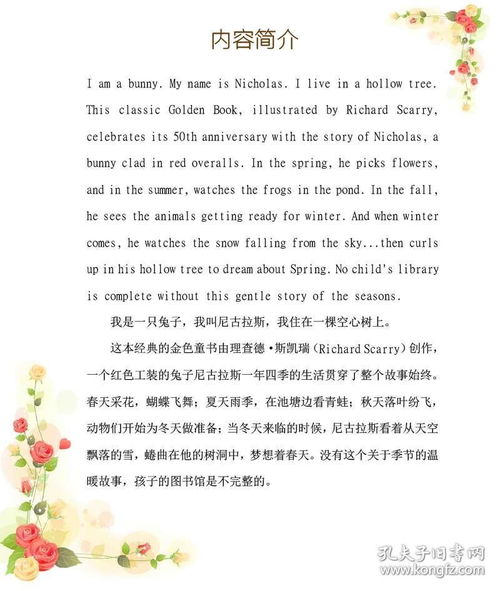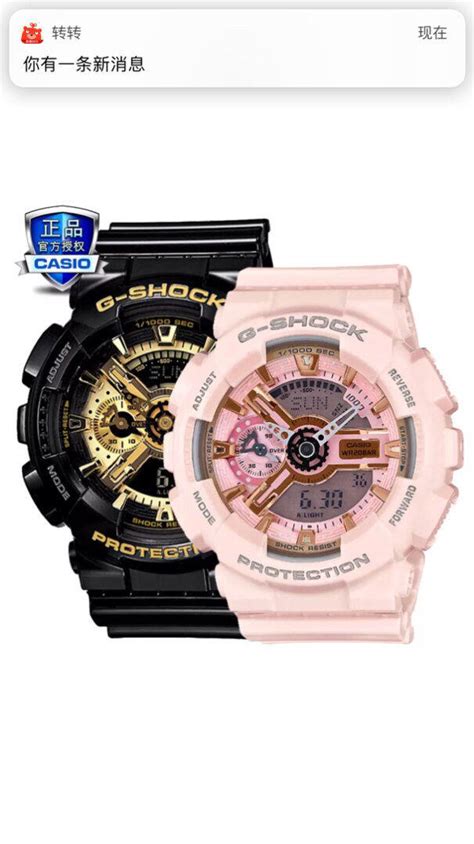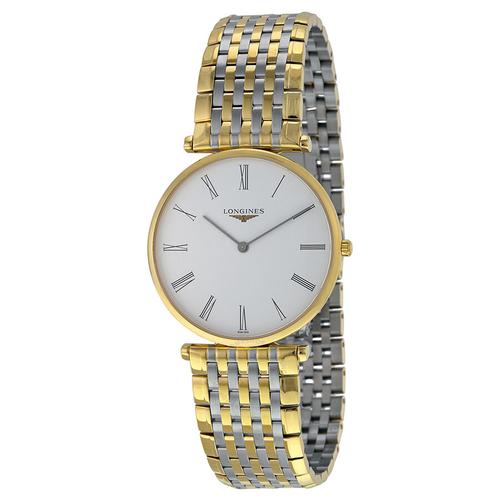箱包的英文翻译
Exploring the World of Bags and Luggage
Bags and luggage are not merely functional accessories; they are emblematic of style, utility, and craftsmanship. In this exploration, we delve into the fascinating realm of bags and luggage, examining their diverse types, materials, and cultural significance.
1. The Evolution of Bags:
From humble beginnings as pouches made of animal skins or woven plant fibers, bags have undergone a remarkable transformation over millennia. Ancient civilizations such as the Egyptians and Mesopotamians crafted bags for carrying essentials like food and tools. Fast forward to the modern era, and bags have become an integral part of daily life, catering to various needs such as fashion, travel, and professional requirements.
2. Types of Bags:
Bags come in a myriad of forms, each designed to serve specific purposes. Some common types include:
Tote bags: Spacious and versatile, ideal for everyday use and shopping.
Backpacks: Offering handsfree convenience, popular among students and travelers.
Messenger bags: Sleek and practical, favored by urban commuters and cyclists.
Suitcases: Essential for travel, available in hardshell and softshell variants.
Duffel bags: Sturdy and spacious, perfect for gym sessions or weekend getaways.
Clutches: Elegant and compact, perfect for formal occasions and evening events.
3. Materials and Construction:
The quality and durability of a bag largely depend on its materials and construction techniques. Traditional materials like leather, canvas, and nylon remain popular choices due to their durability and aesthetic appeal. However, ecofriendly alternatives such as recycled plastics and organic fabrics are gaining traction in response to environmental concerns.
Craftsmanship plays a crucial role in the construction of highquality bags. Attention to detail, reinforced stitching, and sturdy hardware ensure longevity and performance, making a wellcrafted bag an investment piece that can last for years.
4. Cultural Significance:
Bags and luggage often carry cultural symbolism and significance. In many cultures, specific types of bags are associated with rituals, ceremonies, or social status. For example, the ornately embroidered handbags of India symbolize tradition and craftsmanship, while the minimalist design of Japanese bento bags reflects simplicity and elegance.
Moreover, the portrayal of bags in art, literature, and film offers insights into societal norms, values, and aspirations. From the iconic Birkin bag in fashion to the mythical bag of holding in fantasy literature, bags serve as both practical tools and potent symbols in human culture.
5. Choosing the Right Bag:
Selecting the perfect bag involves considering factors such as functionality, style, and budget. Here are some tips to guide your decision:
Determine your specific needs: Whether it's for work, travel, or leisure, identify the purpose of the bag to narrow down your options.
Consider durability: Invest in quality materials and craftsmanship to ensure longevity and value for money.
Reflect your personal style: Choose a bag that resonates with your aesthetic preferences and complements your wardrobe.
Evaluate features: Look for practical features such as compartments, padding, and adjustable straps to enhance usability and comfort.
Conclusion:

Bags and luggage are more than just utilitarian objects; they are reflections of our lifestyles, tastes, and cultural heritage. Whether it's a sleek briefcase for business meetings or a rugged backpack for outdoor adventures, the right bag enhances our experiences and accompanies us on life's journey.
By understanding the diverse world of bags and luggage, we can make informed choices that not only meet our practical needs but also resonate with our individuality and aspirations.
So, the next time you pick up a bag, take a moment to appreciate the craftsmanship, history, and symbolism woven into its fabric—a humble accessory that carries a world of stories within its folds.











